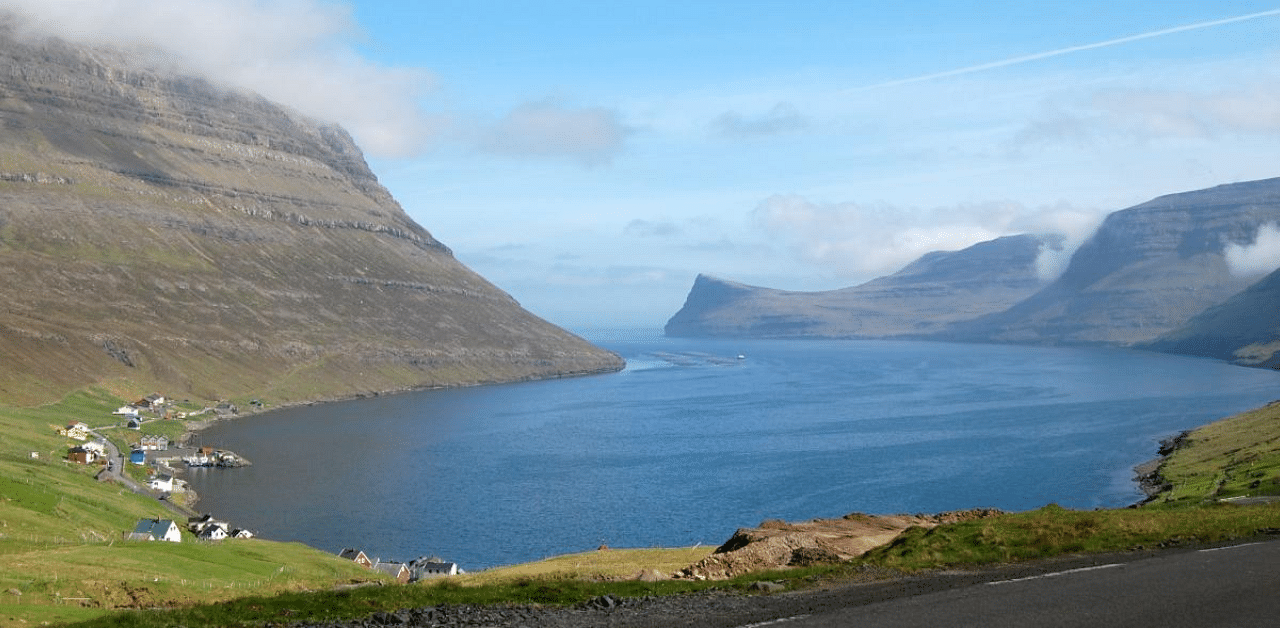
Parts of the Arctic region are turning greener due to increased plant growth driven by warmer air and soil temperatures, according to a study that used satellite images to track global tundra ecosystems over decades.
"The Arctic tundra is one of the coldest biomes on Earth, and it's also one of the most rapidly warming," said Logan Berner, an ecologist with Northern Arizona University in the US.
"This Arctic greening we see is really a bellwether of global climatic change -- it's a biome-scale response to rising air temperatures," said Berner, who led the study.
The study, published in the journal Nature Communications, is the first to measure vegetation changes spanning the entire Arctic tundra, from Alaska and Canada to Siberia, using satellite data from Landsat, a joint mission of NASA and the US Geological Survey (USGS).
Other studies have used the satellite data to look at smaller regions, since Landsat data can be used to determine how much actively growing vegetation is on the ground.
Greening can represent plants growing more, becoming denser, or shrubs encroaching on typical tundra grasses and moss.
When the tundra vegetation changes, it impacts not only the wildlife that depend on certain plants, but also the people who live in the region and depend on local ecosystems for food.
While active plants will absorb more carbon from the atmosphere, the warming temperatures could also be thawing permafrost, thereby releasing greenhouse gasses.
Berner and his colleagues used the Landsat data and additional calculations to estimate the peak greenness for a given year for each of 50,000 randomly selected sites across the tundra.
Between 1985 and 2016, about 38 per cent of the tundra sites across Alaska, Canada, and western Eurasia showed greening, the researchers said.
Only 3 per cent showed the opposite browning effect, which would mean fewer actively growing plants, they said.
To include eastern Eurasian sites, the team compared data starting in 2000, when Landsat satellites began regularly collecting images of that region.
With this global view, 22 per cent of sites greened between 2000 and 2016, while 4 per cent browned, according to the researchers.